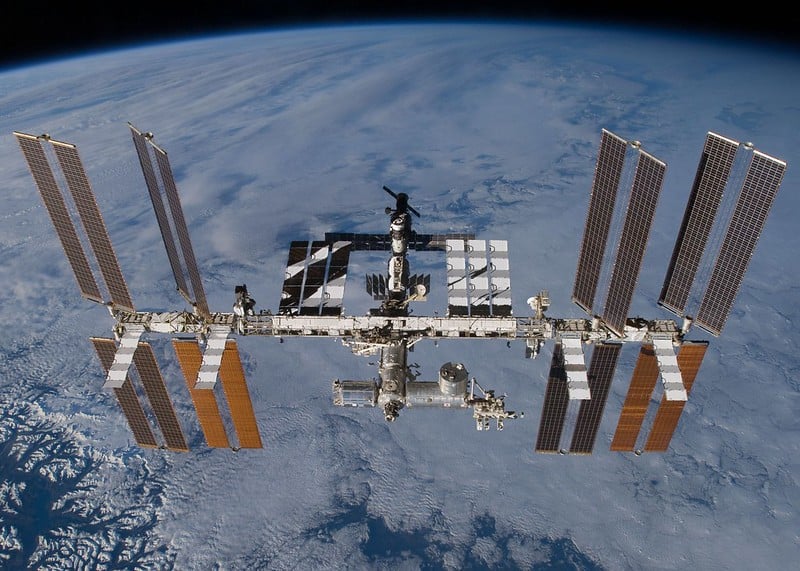Samples of human tissue have been launched to the International Space Station, prepared by Oxford University’s Space Innovation Lab (SIL). The research, undertaken by Nuffield Department of Orthopaedics, Rheumatology and Musculoskeletal Sciences, plans to study the effects of space’s low gravity environment on the human ageing process and cell regenerativity.
The samples were placed within a sealed cube containing a miniature camera and microscope, which will be provided with power and data upon arrival at the ISS. Scientists at the SIL will use this to control and monitor the sample for a month, before the cube will return to earth, whereupon they will measure the expression of proteins associated with ageing compared to a control sample.
This experiment constitutes part of a study on the effects of the low gravity environment of space, known as microgravity, on the human ageing process and cell regenerativity. The SIL is investigating the hypothesis that some of these processes operate faster in microgravity, based on astronauts’ anecdotal experiences of ageing-associated conditions upon returning to Earth.
SIL founder Dr Ghada Alsaleh described the experiment as “a ground-breaking project that could help people live healthier lives, both on Earth and in space”, as conclusions will be used to inform research into age-related diseases by understanding the ageing process at a cellular level, as well as understand more about the impacts of space travel on the human body.


